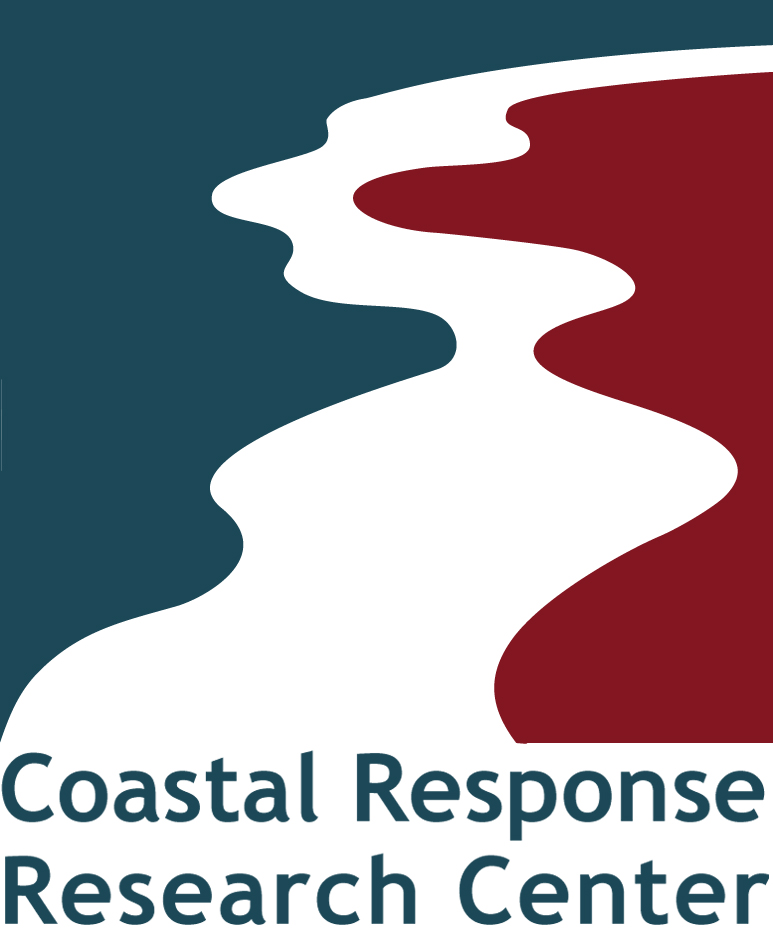Abstract
On June 7 and 8, 2017, the Coastal Response Research Center (CRRC)[1], NOAA Office of Response and Restoration (ORR) and NOAA National Marine Fisheries Service (NMFS) Restoration Center (RC), co-sponsored the Deepwater Horizon Oil Spill (DWH) Long Term Data Management (LTDM) workshop at the ORR Gulf of Mexico (GOM) Disaster Response Center (DRC) in Mobile, AL.
There has been a focus on restoration planning, implementation and monitoring of the on-going DWH-related research in the wake of the DWH Natural Resource Damage Assessment (NRDA) settlement. This means that data management, accessibility, and distribution must be coordinated among various federal, state, local, non-governmental organizations (NGOs), academic, and private sector partners. The scope of DWH far exceeded any other spill in the U.S. with an immense amount of data (e.g., 100,000 environmental samples, 15 million publically available records) gathered during the response and damage assessment phases of the incident as well as data that continues to be produced from research and restoration efforts. The challenge with the influx in data is checking the quality, documenting data collection, storing data, integrating it into useful products, managing it and archiving it for long term use. In addition, data must be available to the public in an easily queried and accessible format. Answering questions regarding the success of the restoration efforts will be based on data generated for years to come. The data sets must be readily comparable, representative and complete; be collected using cross-cutting field protocols; be as interoperable as possible; meet standards for quality assurance/quality control (QA/QC); and be unhindered by conflicting or ambiguous terminology.
During the data management process for the NOAA Natural Resource Damage Assessment (NRDA) for the DWH disaster, NOAA developed a data management warehouse and visualization system that will be used as a long term repository for accessing/archiving NRDA injury assessment data. This serves as a foundation for the restoration project planning and monitoring data for the next 15 or more years. The main impetus for this workshop was to facilitate public access to the DWH data collected and managed by all entities by developing linkages to or data exchanges among applicable GOM data management systems.
There were 66 workshop participants (Appendix A) representing a variety of organizations who met at NOAA’s GOM Disaster Response Center (DRC) in order to determine the characteristics of a successful common operating picture for DWH data, to understand the systems that are currently in place to manage DWH data, and make the DWH data interoperable between data generators, users and managers. The external partners for these efforts include, but are not limited to the: RESTORE Council, Gulf of Mexico Research Initiative (GoMRI), Gulf of Mexico Research Initiative Information and Data Cooperative (GRIIDC), the National Academy of Sciences (NAS) Gulf Research Program, Gulf of Mexico Alliance (GOMA), and National Fish and Wildlife Foundation (NFWF).
The workshop objectives were to:
- Foster collaboration among the GOM partners with respect to data management and integration for restoration planning, implementation and monitoring;
- Identify standards, protocols and guidance for LTDM being used by these partners for DWH NRDA, restoration, and public health efforts;
- Obtain feedback and identify next steps for the work completed by the Environmental Disasters Data Management (EDDM) Working Groups; and
- Work towards best practices on public distribution and access of this data.
The workshop consisted of plenary presentations and breakout sessions. The workshop agenda (Appendix B) was developed by the organizing committee. The workshop presentations topics included: results of a pre-workshop survey, an overview of data generation, the uses of DWH long term data, an overview of LTDM, an overview of existing LTDM systems, an overview of data management standards/ protocols, results from the EDDM working groups, flow diagrams of existing data management systems, and a vision on managing big data.
The breakout sessions included discussions of: issues/concerns for data stakeholders (e.g., data users, generators, managers), interoperability, ease of discovery/searchability, data access, data synthesis, data usability, and metadata/data documentation.
[1] A list of acronyms is provided on Page 1 of this report.
Department
Coastal Response Research Center
Publication Date
6-2017
Publisher
Coastal Response Research Center (CRRC)
Document Type
Workshop Report
Recommended Citation
Coastal Response Research Center (CRRC), "2017 DWH Long-Term Data Management Coordination Workshop Report" (2017). Coastal Response Research Center. 5.
https://scholars.unh.edu/crrc/5

